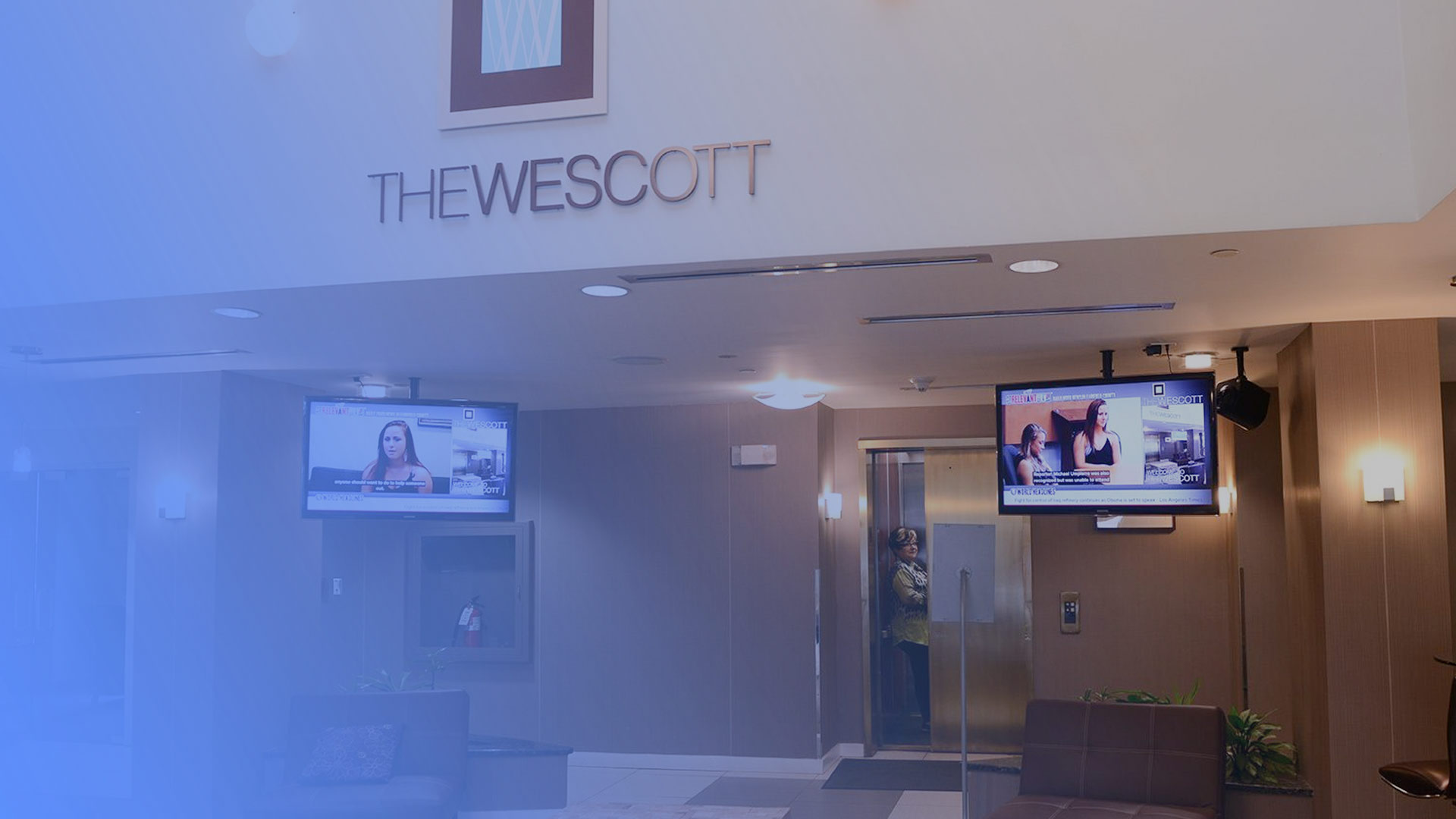Exploring the Impact of Ethernet Protocols on Enhancing Web Connectivity in Multi-Dwelling Residences
Exploring the Impact of Ethernet Protocols on Enhancing Web Connectivity in Multi-Dwelling Residences
Blog Article
Network standards play a crucial function in improving web connectivity, especially in multi-unit units (MDUs) such as apartment complexes and condominiums. These specifications define how data is communicated over systems, ensuring that devices can communicate efficiently. As an increasing number of individuals rely on the web for work, learning, and entertainment, having a dependable and fast link in MDUs has grown increasingly important. By comprehending Ethernet protocols, building managers and residents can make knowledgeable decisions about their internet provisions, resulting to better access for all.
One of the primary Ethernet standards is IEEE 802.3, which outlines the specifications for wired Ethernet links. This standard has developed over the decades, introducing faster rates and improved efficiency. For instance, the initial Ethernet standard offered speeds of 10 Mbps per sec, while more recent versions, such as Gigabit, can provide speeds of up to 1,000 megabits per second. In MDUs, where numerous tenants share the same internet connection, having a high-speed Ethernet network can greatly improve the total user experience. Quicker rates mean faster downloads, more seamless broadcasting, and greater video calls, which are essential for remote work and virtual education.
Another significant feature of Ethernet standards is the use of structured cabling systems. These structures arrange and manage the network cables that link equipment within a structure. By adhering to the guidelines set by Ethernet protocols, MDUs can guarantee that their wiring is efficient and effective. This organization helps reduce signal interference and improves data transfer standards. Additionally, organized wiring enables for simpler upgrades and servicing, allowing it easier for building administrators to adjust to changing technology needs. As internet usage continues to grow, having a properly organized wiring infrastructure is vital for ensuring high-quality access.
Electricity over Ethernet (PoE) is another significant development in Ethernet technology that benefits MDUs. PoE enables system wires to transmit power electricity together with information, eliminating the requirement for individual electric sources for devices like security cameras, Wi-Fi connectivity nodes, and VoIP devices. This feature streamlines setup and minimizes disorder, allowing it simpler to establish a complete system in multi-unit buildings. By leveraging PoE, building administrators can improve security and boost web connectivity throughout the complex without the extra cost of extra power installation.
In summary, Ethernet protocols have a significant impact on web access in multi-dwelling buildings. By offering quicker rates, structured cabling, check out the post right here and advanced capabilities like Power over Ethernet, these protocols help create a dependable and effective system for tenants. As technology continues to progress, remaining informed about Ethernet standards will be crucial for building administrators and tenants alike. By putting resources in the appropriate infrastructure, MDUs can guarantee that all residents experience a seamless web interaction, making their residences more linked and convenient.